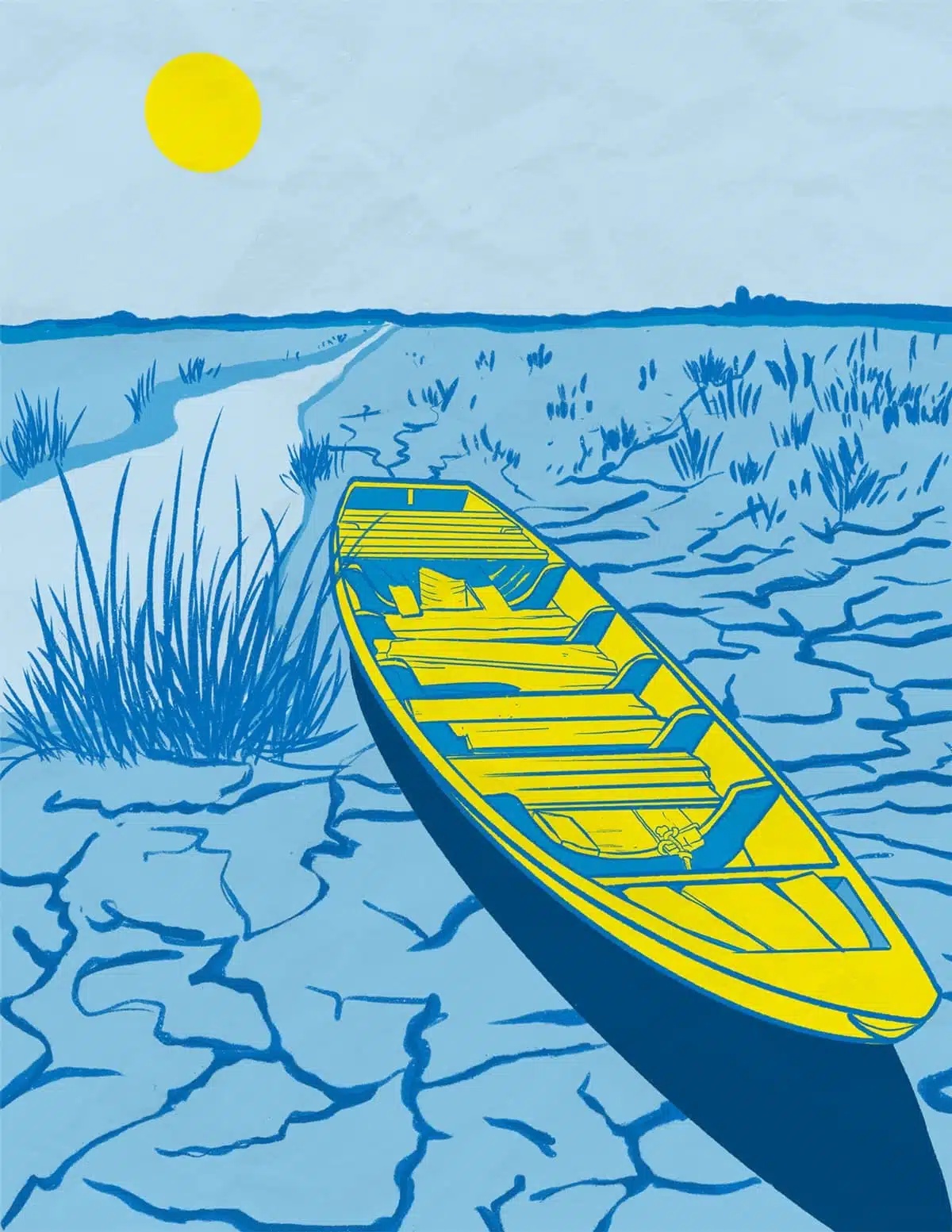Refugees or migrants? And other frequently asked questions
Jump to
Common questions

Where did the internationally recognized definition of refugee originate?
Originally, the Convention was limited to protecting European refugees immediately after World War II. To reflect the changing refugee situation around the world, the 1967 Protocol expanded the scope of the Convention. To date, a total of 149 states have signed the Convention and/or the 1967 Protocol.
What is persecution?
The Refugee Protection Division (RPD) of the Immigration and Refugee Board of Canada (IRB) identifies persecution as follows:
- Serious harm to a fundamental human right
- Repetitive, persistent or systematic harm
- The harm must relate to a Convention ground (see below)
- Harm associated with a criminal act for which an individual cannot seek state protection
- Harm caused by an agent of persecution whether or not such agent is a representative of state authorities
- Cumulative acts of discrimination or harassment where state protection is not available
According to the Convention and the IRPA, individuals may be subjected to persecution for their:
- race or ethnicity
- religion
- nationality
- political opinions, real or assumed
- membership in a particular social group (sexual orientation, gender identity, etc.)
or, under the IRPA, have faced:
- personal risk (victim of crime)
- risk of torture
What is involved in the asylum or refugee claim process in Canada?
When someone claims asylum, Canadian authorities conduct stringent security screenings, including fingerprinting, luggage inspection, and identity and background checks through North American and Interpol databases.
A refugee claim is a long and complex process. In Canada, several of the steps involved may take years to complete depending on the processing capacity and the number of claims.
In Canada, a refugee claim is determined to be accepted if the claimant is:
- a Convention refugee (Immigration and Refugee Protection Act (IRPA), s. 96); or a person in need of protection because
- a person in need of protection because their lives would be at risk or because they would be subjected to cruel and unusual treatment or punishment in their country of origin (IRPA, s. 97).
Detention of asylum-seekers
Safe Third Country Agreement (STCA)
Under the Safe Third Country Agreement (STCA), individuals coming to Canada from the United States via a land border cannot apply for asylum unless they qualify under an exception to the agreement.
Originally, the agreement applied only to asylum claims made at official land points of entry. Asylum-seekers who entered Canada through irregular border crossings were allowed to make a refugee claim in Canada.
However, on 25 March 2023, an Additional Protocol to the STCA came into force. The Additional Protocol extended the application of the STCA to the entire border. It requires irregular asylum-seekers crossing between official land points of entry from the U.S. to also qualify for an exception to the agreement.
For more information on the STCA, including exceptions, visit the IRCC website.
Resettlement and other humanitarian-type processes
Canada may also select refugees to resettle in its national territory. Resettled refugees, identified by UNHCR, are selected by the Canadian government before they arrive in Canada, and are granted permanent residency once on Canadian soil. Three different resettlement programs operate in Canada: the Government-Assisted Refugee Program (GAR), the Private Sponsorship of Refugees Program (PSRP), and the Blended Visa Office-Referred Program (BVOR).
In 2022, UNHCR helped resettle 114,300 refugees to third countries around the world at a time when nearly 2 million refugees were in need of resettlement.
Complementary pathways
How is climate change impacting displacement?
Most climate-change-related displacement is internal to one’s country, not cross-border. When people are displaced solely by the effects of climate disasters and natural risks and cross international borders, they are not generally considered refugees under the Convention’s definition which does not capture these criteria as a reason to seek asylum.
Technically speaking, the term “climate refugee” is therefore problematic because it has no basis in international law. However, millions of refugees and displaced populations are affected by climate change and natural disasters, and these factors could weigh into their decision to leave or contribute to the causes of their persecution.